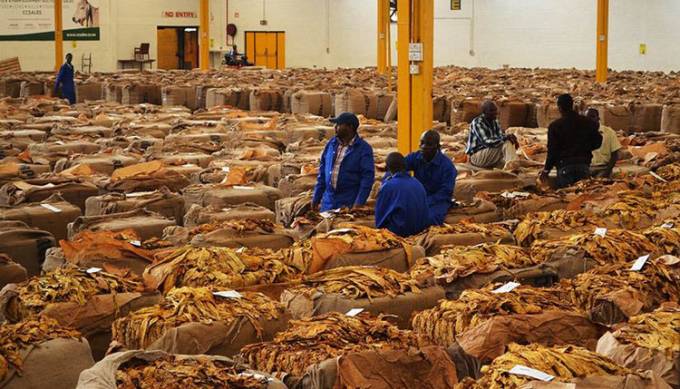
The Sunday Mail

Tichafara Bepe
In the past three years, Government has raised $23 million from a tobacco levy that is supposed to be channelled towards replenishing woodlands that are used in curing the cash crop.
Initially, the afforestation levy was pegged at 1,5 percent of farmers’ gross revenues, but it has since been reviewed to 0,75 percent.
Tobacco Industry and Marketing Board (TIMB) chief executive officer, Dr Andrew Matibiri recently told The Sunday Mail that the framework that governs how the funds will be used is now in place.
“We already have set up the structures and the frameworks for the afforestation activities and we are only waiting for Treasury to release the funds to us so we can begin the programme,” said Dr Matibiri.
Zimbabwe Tobacco Association (ZTA) chief executive Mr Rodney Ambrose concurred that both the structure through which the funds will be administered and the governing constitution for the fund were completed last year.
“Funds should now be availed because deforestation is reaching alarming levels in tobacco-growing areas as production levels have increased to over 250 million kilogrammes a year.
About 70 percent of production is coming from the smallholder, communal and A1 sectors. These are all primary users of wood for curing their tobacco and building barn structures,” he said.
ZTA believes that funds pooled through the levy can also be used to sponsor research into clean and efficient green-curing fuels.
Deforestation is considered to be one of the major challenges facing the tobacco sector.
Although coal has been touted as an alternative to wood, it is considered unviable and environmental-ly unfriendly.
Coal-fired furnaces, ZTA said, require forced air systems that run on electricity, which is a scarce sec-ondary energy source in many rural areas.
The cost is also considered prohibitive.
“Already, the largest multinational tobacco company aims to stop the use of coal in its various tobacco production cycles by 2020 by recognising that coal-based tobacco curing leads to high GHG (green-house gas) emissions, contributes to climate change and impacts farmers’ wellbeing,” explained Mr Ambrose.
Global activists, through the World Health Organisation (WHO)’s Framework Convention on Tobacco Control (WHO FCTC), continue to push for limited use of wood in curing tobacco.
In fact, some parties are proposing to make tobacco growers liable for the overall damage to the cli-mate, environment and ecosystems that is caused by their activities.



